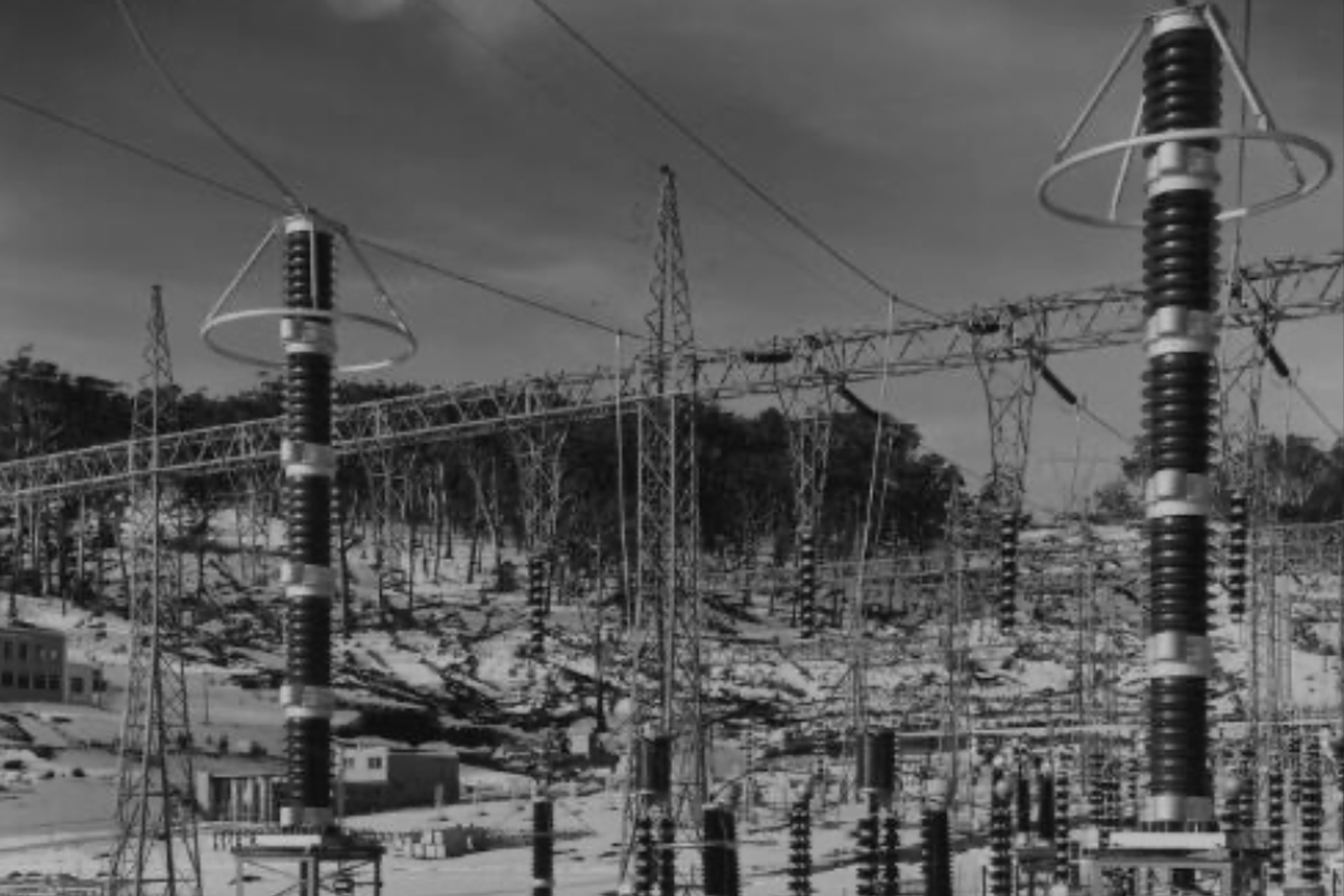Tuesday, October 28, 2025
Beyond the Law: The Corporate Culture That Justified the Great Electrical Cartel

1️⃣ The Great Electrical Cartel – What Happened?
It started with something that looked too awkward to be true — identical bids for multimillion-dollar electrical contracts.
In the late 1950s, the Tennessee Valley Authority, one of the U.S.’s largest public utilities, noticed something odd in its bidding process: competing manufacturers like General Electric and Westinghouse were submitting the exact same prices for turbines and transformers — down to the cent.
At first, the TVA suspected coincidence. Then they looked closer — at costs, margins, logistics — and realized geography made it impossible. The factories were hundreds, even thousands, of miles apart; delivery costs alone should have created significant price differences. Yet every time, the bids matched perfectly.
Investigators began to pull the thread — and what they found was astonishing. Executives from rival companies had been meeting secretly in hotels and private clubs to coordinate bids. They built an elaborate rotation system to decide who would “win” each contract and who would deliberately “lose.”
They even gave their conspiracy a poetic name: “the faces of the moon.”
Each phase of the moon determined which company would win next, and every participant knew exactly what to bid. Rotation lists were disguised as “the Christmas card list.”
Behind these coded rituals lay a single goal: to keep prices stable and profits high.
When the Department of Justice (DOJ) finally cracked the case in 1960, it found a vast network of collusion backed by mountains of physical evidence — letters, notes, coded instructions.
Twenty-nine companies and forty-five executives were charged.
Seven executives went to jail, and hundreds of millions of dollars in fines were paid.
Federal District Judge J. Cullen Ganey called it “a shocking indictment of a vast section of our economy.”
The press called it “The Great Electrical Conspiracy.”
And perhaps the most unsettling part was that, for many inside the industry, it still didn’t feel like a crime.
2️⃣ Where Compliance Failed
The scandal revealed not a lack of rules — but a lack of moral resistance.
Inside these firms, everyone knew the law — and almost no one cared. Price coordination had become “how things were done.” It was efficient, predictable, even elegant. The line between collaboration and collusion had quietly vanished.
When the verdict came, outrage was scarce.
Mark Cresap, CEO of Westinghouse, refused to dismiss the convicted executives. “They did not act for personal gain,” he said. “They believed they were serving the company’s best interests.”
That sentence summed up the entire failure: a culture that rewarded loyalty over integrity.
No whistleblowers spoke up. Governance mechanisms existed on paper but not in spirit. Compliance was treated as a legal department’s burden — not a shared value.
And in that silence, misconduct became virtue.
3️⃣ Key Lessons
- Culture eats policy for breakfast. Without ethical conviction, even the best frameworks fail.
- Loyalty is not integrity. Serving the company never justifies breaking the law.
- Transparency prevents drift. Open dialogue surfaces “normalized” wrongdoing.
- Leadership sets the moral tone. Cresap’s defense of guilt validated misconduct.
- Compliance is collective. Everyone owns the culture, not just Compliance.
4️⃣ How Naltilia Could Have Helped
Naltilia can’t build a culture — no technology can.
But it can give compliance officers the time, perspective, and clarity they need to do so.
In the Great Electrical Cartel, most red flags weren’t invisible — they were simply ignored. Endless manual tasks, scattered data, and reactive compliance left no space for reflection.
Naltilia’s AI automates what consumes time — mapping risks, updating controls, tracking actions — so compliance professionals can focus on what truly changes behavior: talking to people, shaping tone, and building trust.
By simplifying the process, Naltilia helps organizations recover what automation can’t replace — human judgment.
Because the real goal of compliance isn’t efficiency.
It’s conscience.
5️⃣ Your Compliance Checklist
Before the next audit or tender, take a step back and ask yourself:
✅ Do we have clear policies, procedures, and controls that work in practice — not just on paper?
✅ Is our technology helping automate those processes and freeing time for higher-value work?
✅ Are we using that time to invest in culture — listening, training, and shaping how people think about integrity?
✅ Do our leaders reward questions and ethical courage, or only results?
📥Book a demo of Naltilia’s AI Compliance Assistant to evaluate where your time goes — and whether enough of it goes into what matters most: building culture.
